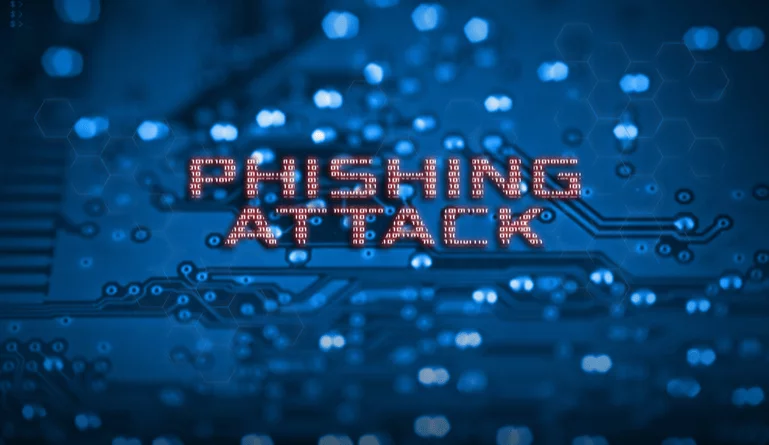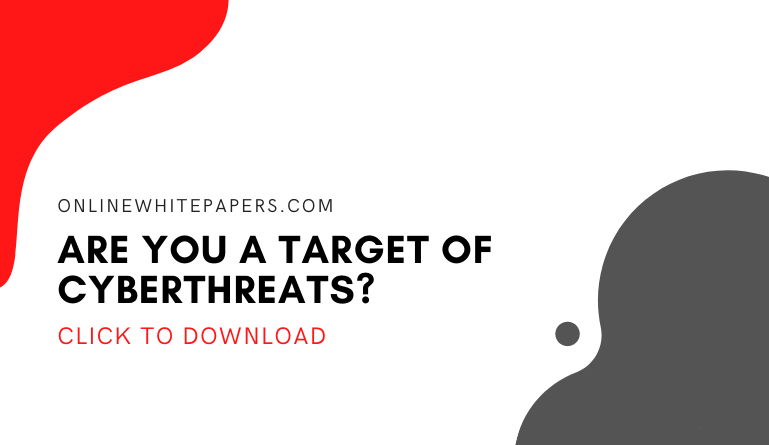Failure to protect your business from cyber threats exposes you to dangerous and costly risks. Apart from viruses, you should be concerned about phishing. Criminals do not need access to advanced technological tools to execute phishing activities. What can a small business owner do to shield themselves from phishing attacks? Read on to find out.
Understanding Phishing
Phishing activities involve tricking users into either installing malicious software or submitting their data. Often, this is achieved by camouflaging the attack as something else such as an email from the bank informing you of a violation on your account. You will then need to click a link to initiate verification of your credentials or risk losing your account. That kind of urgency can convince many people to key in their passwords in dangerous websites owned by cybercriminals.
Sometimes you will not realize that something has happened because the cybercriminal will redirect you to your bank’s real website.
Here are some tips to help you protect your business.
-
Protect Your Financial Data and Social Security Number
Never send out your bank details or full social security number via email. Be doubtful if someone asks you to surrender these details. Remember, reputable sources will access your data via a protected portal. Only give out your social security number through the phone if you are the one who called the recipient.
-
Educate your Employees to Ensure they know how to Recognize a Phishing Email
One of the crucial ways of securing your employees from phishing attacks is to ensure they can recognize phishing emails fast. Cybercriminals often use actual company logos and include some details in their emails to make them appear legitimate. Spotting the red flags can be a difficult task if you are not aware of what to look out for. Here are some methods you can use to identify phishing emails.
Check emails for grammatical, poor formatting, or typing errors or those that have a strange-looking address. Beware of scare tactics such as act now. Never click on suspicious links in your mailbox, open attachments, or download files from unknown sources. Remember, cybercriminals do not have professional writers to write authentic emails. Any pieces of unclear text should be a red flag.
-
Lack of a Specific Greeting
If the email appears generic or does not mention your name, then it could be a phishing email. Cybercriminals hardly personalize emails. Instead, they send a universal email to many people with the hope that some of them will fall victim to their tricks.
-
Lack of a Domain Email
Check the sender’s email address to figure out whether it originates from a reliable source. A reputable organization will use a domain email, but hackers alter email addresses to make them appear authentic.
-
Unasked for Data Requests or Attachments
Reputable companies neither send unsolicited attachments nor do they ask you for sensitive data through email.
After training your employees you want to include a quiz in your training to evaluate your employee’s expertise. Conduct demonstrations and let your employees determine whether the email is authentic. The quiz is an ideal opportunity to make the security education session interactive.
-
Define Phishing Attack Management Procedures
Do you adhere to a certain protocol in terms of your company’s critical data? If you don’t, you should start defining easy to understand and detailed procedures. Encourage the practice of double-checking data requests rather than replying. Create a communication channel through which your employees can respond to the sender.
-
Deploy Spam Filters and Anti-virus Solutions
Cybersecurity threats are evolving, and hackers always pursue vulnerable sections of businesses. Deploying spam filters and antivirus solutions enhance protection. For extra security, you can adopt an email or spam filter solution that acts as an anti-virus system in the mail inbox.
Numerous antivirus systems are available today and it is important to read more about antivirus software here. A robust antivirus security system can help detect malicious attachments and links, or spam. Again, you may want to identify trust seals or badges from popular antivirus or cybersecurity companies.
-
Update Company Passwords Always
Businesses should adopt policies where passwords are changed regularly. Alternatively, you can choose long and strong passwords and incorporate multi-factor or two-step verification. Here are some scenarios that may tempt you to change your password.
- If credentials were entered into a malicious site
- After receiving a security notification or incident of a third-party data violation
- If your software or gadgets have been infected by malware
- If the password has not been changed for more than a year
Conclusion
Phishing attacks have evolved, and it is important that you and your employees understand how to recognize these threats. By knowing the possible impact of a violation, employees will have control over shielding the organization’s data from exploitation.








